
New year or new goals, we’ve had the questions pouring in centered around our business. And sometimes we can’t get all of them answered. So we thought we might as well compile a blog post of all of our top frequently asked questions we’ve been getting for you guys.
And we just want to be very clear, we are not experts at this. We learn something new every day and every business in this field does things different. This is just answering the questions we’ve received on how we run our business.
Every email or direct message we get from you guys makes us stop and really think about, and we so appreciate that.
It’s fun to reflect and talk out loud to one another and come up with the same answer. Or different and have a good conversation around it. Some of these questions as of recently have actually made us take action. We typically just do our thing every day and have never really dived into these questions you ask, as silly as that may seem.
So here you go! We hope this is helpful for you as your working in your business or getting ready to launch your own. And if you have any additional ones, leave a comment and we’ll be sure to answer.
How did you start your blog?
We have a full tutorial for you here –> How to Start a Blog and Build a Website.
We did these exact steps when we first launched. Using a template from AngieMakes who we love and adore. Her templates are adorable and she is incredible to work with.
Then after a few years in business, we hired a professional designer, web developer and SEO specialist to take our website to the next level.
When you use free templates or buy one for $100 or less, you will have the same site as someone else and probably many other people. We were ready to invest in our company and be a little different. But it’s not cheap. We invested thousands in our website a couple years ago and in the fast pace digital marketing world, a website that is now a couple years old can be outdated.
The brains behind our website from design, development, to SEO that we love, adore and highly recommend are within these links below.
Hook Agency
B Fresch
Griffin Roer
How do you keep up with Social Media? Any specific tools you use?
Tools are the way to keep up. We wrote a full blog post here. –> How to Improve Social Media for your Business
We give you every tip/trick/tool we use within that blog post.
How do you deal with trolls…
This reader asked…
“How do you deal with the internet’s criticism of work quality? Do you think it’s wise to publish something like this (insert picture under complete construction showing a lot of framing with electrical lines). I wonder if it’s allowing too many openings for criticism that could damage current or future client confidence in quality. What if someone finds something and thinks we didn’t meet code, etc. and the homeowner sees the comment?”
This is such a great question and one I used to struggle with a lot more and Jamie still does.
I say go for it- post it- and just ignore the noise. Because if you don’t, your going to get caught up in it and you’re not going to leverage the potential that you can achieve with social media and building your business. You’ll over analyze everything. And the reward is so much greater than that.
We get attacked online a lot. And although it always stings a little, you have to brush it off.
We know the quality of our work and we know what meets code, regulation, and how to get a job done.
I mean we get comments about something as simple as not wearing safety glasses or the right type of shoes.
We had one project when we first started out go viral and I can’t even count the amount of comments we got about tearing out the wrought iron stairwell and how the new custom staircase (that Jamie designed, built and handcrafted) was “builder-grade” and that our new railings didn’t meet code.
The new railings he put in, did meet code and the wrought iron rails we took out did not meet code, hence why we HAD to take it out. And this was our home and we weren’t digging the whole design of the wrought iron. We like wrought iron, but we didn’t like that style. And Jamie is a craftsman and wanted to custom build something for our home.
I started replying at first but then I couldn’t keep up. Some I explained the situation and others, I thanked them for leaving such a nice comment for the craft that my husband just did and was so proud of. It actually tore him apart. Jamie might not talk a lot but if someone tears him down, you can feel his energy. It was hurtful.
He is the licensed contractor and the one physically doing the craft in the work to these homes. He genuinely loves doing the finished carpentry on projects too. And when people tear him down, he takes it to heart, as much as I try to lift him back up. He’s even wanted to quit at times because of the negative feedback we constantly get. And that’s where I get real mad. Because my husband is one dang talented man! I don’t think people always realize sometimes that there are actually real humans behind the photos of work. And they are just over there behind their computer typing away hurtful things.
As you know if you run a business, what affects you affects your entire family. So when daddy (or mommy’s) not happy, our entire household and team are not happy.
The reader who asked this question shared an under construction picture that looked immaculate. So to answer your question, yes, I share those.
Normally when someone leaves those negative comments I ignore them because most of the time they have no idea what they’re talking about. Sometimes I reply and point them to check their code book. Other times, I simple say, “thank you.” And usually when we kill them with kindness, they either end up apologizing or deleting their comment.
If it’s negative comments on a clients project I address immediately with our client, explain and 100% of the time we’ve laughed it off together. Clients have actually even wrote back to those negative comments sticking up for us. I always try not to let our clients see the comment first. And I remind them of the people that just like to bring people down and reassure them that it’s nothing new.
And (knock on wood) we’ve never had an issue with a client from the negative comments online. If anything it makes me sad because those people are also attacking the clients choice of finishings and that’s just down right mean.
How did you know when it was the right time to hire employees?
We didn’t. And when we did, we were really scared. We’re still scared.
When we received this question, our reader gave us a little background of their situation…
They hired employees and it has only costed them time and money. They were having to do too much damage control and spending more time and money fixing their employee’s mistakes rather than just doing it themselves.
This is a hard question to answer (ha- like most of these!).
We have been full-time in our business now for three years. The past year was our first year having hired two employees. We have a handful of other people on our team, but they are all technically freelance or sub-contractors, not our actual employees.
Before we took our business full-time Jamie was doing construction2style on the side while working a full-time job. It’s one thing to take the leap for yourself let alone get the courage to start hiring employees.
It was nerve-wracking then, and it still is now. It’s one thing not to pay yourself but once you’re in charge and knowing that families are dependent on your business, is really scary. But we also know that if we don’t take this leap, we’ll never grow. You can only do so much in a day, and in a year and we knew we couldn’t do it all.
You also need to realize you’re investing in someone. Jamie’s right-hand man is learning with Jamie. And yes, Jamie has had to correct mishaps but that’s all apart of learning and building your team. And Jamie realizes that he needs to coach, teach, and invest in our guy to shape him into exactly the type of person we want on our team.
We also hire based on personality, not experience. Both of our employees don’t know everything we know, but they are really good people, fun to hang out with, easy to get along with, communicative, and extremely hard workers. And they’re young. Which we love because they are full of new and fresh ideas. So we were confident that we would be able to teach them the skills that they needed for the job, and so far, it’s been worth every penny- whether it’s costed more money or not.
Do you charge for design services or is it a perk that comes from hiring your company?
If you do charge, do you charge per hour or by the job?
When we first started, we did not charge for any design guidance. But as we’ve grown and learned that our time is valuable and it costs money, now we charge.
I always tell myself…every time we say yes to something, we’re saying no to our family time. So if it isn’t paying really well or worth spending the time with someone really special, why are we doing it? Then it becomes a hard no.
I do want to note that I am not a licensed interior designer, hence why I never charged for this service in the beginning. I took a handful of interior design classes in college but never got my certification. But now with my experience, and having a full time designer on our team, we charge.
And now, we also don’t just work with anyone. We make sure we’re a right fit with the potential client. And then after we determine that, we have minimums. And I get right to the point when someone emails us because I don’t want to waste our time or theirs.
If it’s only a design project we charge $150/hour and if it’s within the remodel then we typically do a flat rate. It just depends on the size of the remodel we’re doing, but typically it’s anywhere between $1,500- $3,500. And to be honest, when all is said and done after the remodel and once that design budget is broken down to the amount of hours we put in it usually comes out to be -$150/hr. ha! No joke. Hence, why we’ve hired a business coach…which you’ll learn more about below.
What rendering software do you guys use?
This reader who asked this question said they’ve been using Google Sketchup.
We use Chief Architect and Sketchup.
Chief is really user friendly but it doesn’t give you all the exact tile, lighting, etc. we’d be putting into our clients remodel. We use chief for all non-design clients. Becuase it’s we can get a plan together in under 30 minutes and over to city for a permit.
Sketchup is actually really hard to use (probably if you’re me). You basically have to build a room from scratch whereas Chief already has a template for you.
I refuse to use Sketchup because, to be honest, it makes my head hurt. But our designer uses it all the time and she can put the exact finishing selections int our space, as shown here, and I’m always screaming from the rooftops and can hardly wait to show our clients. It’s pretty sweet!
How do you itemize your bid?
We used to put labor and material in one line item per selection and then just give a flat amount. For example, backsplash is x amount, flooring is x amount, etc.
We JUST changed this, this past week actually. Some people were asking us to break it down, even further, and to be honest we couldn’t keep up. Because after spending 40+ hours on this bid, they go MIA. And when your getting, on average, five email inquiries a day for estimates on projects, no-one’s got time.
And we’ve quickly realized those are exactly the people we do not want to work with, as they already do not have a trusting relationship with us.
We are quickly learning no other contractor break projects down (that we know of) when giving estimates. They give one flat amount total total for project, and if they don’t have the budget for it, they move on.
And that is officially apart of our new process. Then if a client is serious, we will go from there.
How many jobs do you do at once and how do you stack them?
This is a tough one that we’re still trying to figure out to be honest. With growing our team, means we have to take on that much more work so we can all get paid and pay the overhead of the business.
We used to do one job at a time, but we weren’t making enough profit off of one job to even pay the taxes and insurance on our business, so we needed to start stacking the jobs.
Typically for us, a kitchen takes 3-4 months and bathroom 2 months, and we usually have 2-3 projects going on at one time.
We also now have a full-time employee who helps manage the jobs, so we’re all pretty hands-on when running multiple jobs. We try to plan it out with subs as much as we can so that everything kinda flows, but there are always lulls and setbacks. With remodeling you never know what you are going to uncover so you can try plan out the job best as possible and something will come up with the city, inspections, ordering delays, etc.
So at the beginning of each job we use something as simple as a excel spreadsheet and put date ranges in that we have a goal to complete then and go from there. We also, as much as we can, try to order all materials before we start a job. That way the materials don’t hold you up either, which sometimes can take up to 6 weeks to get in hand.
What are your minimums on jobs?
Kitchens $50K
Bathrooms $20K
Finished Basements $40K
Those are the majority of jobs we get requests for and always reply with those minimums. Can people get these spaces remodeled for a lot less? Yes.
But we’ve gotten to a point in our career that we want all of our work to showcase our talents and be a portfolio piece so honestly, we don’t want to put less inexpensive materials into our remodels. And in the end, no matter how low we’ve had our minimums, the numbers always end up being around what we listed once it is all said and done. So now we’ve stopped wasting time and are realistic with our clients from the get-go.
How much of the work do you do yourselves?
We sub out electrical and plumbing. Jamie, Topher, Jordan and I had been doing the rest, but now we’re trying to sub more out so we can get jobs done quicker, like drywall and tile. Because usually those people are a lot better than us anyways because that is all they specialize in.
But then sometimes those people also don’t perform, and then you have those issues…so Jamie spends time fixing their mistakes and then we just lose money.
It’s a constant battle of if we try to sub out more and more or build are team, or just stick with what we got. And it probably doesn’t help that Jamie is an insane perfectionist.
How much do you invest back into the company?
To be honest, I don’t fully understand this question. Sometimes Jamie doesn’t get paid, I rarely get paid and we both work 50+ hours a week, if that means investing back.
We started small and have grown, so we never did or have had to take our own money to invest in our company. And if we don’t have the extra money in our business we don’t pay ourselves. We built construction2style up as we had the jobs and had the money.
We keep very minimal business expenses. We spend $300 per month on marketing (Houzz and Facebook paid ads) and additional as we need it for tools and apps, but we keep our expenses low.
Do you have recommendations for software?
Chief Architect, Builder Trend, DocuSign, Adobe Illustrator, Photoshop, Sketchup.
For designs, we use Chief Architect and Adobe programs such as Illustrator and Photoshop to create mood boards, pins and all design content. We also recently started using Sketchup. And we used to also use Canva a lot in the beginning before we had these other programs.
We’ve recently started in Builder Trend to control tracking on our jobs. We don’t use for all jobs as it’s kinda expensive. It’s $100 a month per job. A lot of other contractors we know use it, love it, and live by it. I think it’s more beneficial if you’re subbing out jobs because they have to log in and track their time. And that’s where all the designs are kept, etc. so all information for one job is on one program.
We use DocuSign for sign-offs and change orders.
And we’re a part of BATC, and they give us a lot of free templates for contracts and other paperwork. It’s been beneficial to be in that association.
What do you wish you would have known when you first started out?
Oh man… soooo many things. And we’re still learning. Each project and client are never the same, so we’re learning something new every single day. Some things…
Charge for your time
We just started this (as dumb as that sounds) and we’re finally seeing that we’re actually profiting now. Some contractors do builder fee’s which covers insurance, taxes, your project and account management time, etc. Otherwise, track your hours and make sure your billing for your time.
Taxes suck
Another thing we didn’t realize was that every time we did pay ourselves, almost 1/2 of it goes to taxes. Some contractors have themselves on payroll others do a draw. We tried both but in the end stuck to payroll because we didn’t want a big tax bill at the end of the year. So basically when you think you’re making so much money from a job you’re really not.
Do change orders
Never start a job without a contract. Sometimes you’re busy, and a client upgrades and you just say ok, and trust they’ll remember, but when they get the bill, they might not, and then you have no sign-off. And on that note, make sure have sign-offs for everything. I usually always email clients, so it is all documented and in writing, but if they call me I always try to recap it in an email. Even something as simple as a signature on a piece of paper will suffice if your out on the job.
Keep you books separate
We did this one because our accountant advised us early on, but I am SO glad we did. Keep your business and personal expenses and banking separate. And sometimes (most times) you can’t pay yourself and don’t if you don’t need to.
Lean on your tribe
We have a really tight knit group of home remodelers in the industry in Minneapolis. We also have developed a couple close groups from contractors online. I used to be nervous about asking them questions becuase we felt dumb, etc. But don’t! Now, without a doubt I ask them a question in 1 second. We wish we wouldn’t have waited a year trying to figure it out ourselves. Because I promise you someone or a ton of different people have went through what your going through and trying to figure out and they’ll help you in two seconds.
Are there certain things you can point to as having been critical to the success of your company?
Collaboration
Is a big one! Being we started off as a blog we were always collaborating with brands, other businesses, people in the industry, you name it. We guest posted all the time on websites. That is not only good for SEO “Google juice” but also getting your name out there. We’ve never had a collaboration we regret, they have always led to something really good.
Connect, connect, connect with people in the industry and online. I can’t stress this enough. Collaboration over Competition! Always.
Accounting
Get an accountant from day one. This is something I’m beyond thankful that we did. If not, get ready to be doing admin/accountant work at least 20 hours a week.
Mentor or Business Coach
This is probably the biggest deal. Jkath has been our mentors since the beginning. We have leaned on them for so many things we can’t count and in an instant they’ve been our guide. Whether that was dealing with contracts, change orders, how to deal with a client situation, sub contractor resources, to just straight up- brining us up when your having a REALLY bad day. Honestly, without them, I don’t even know where we’d be. They’ve been our rock in really difficult situations.
We also just hired Shawn Van Dyke, who is a construction business coach. Like yesterday. But we’re beyond stoked to start working with him. We have a lot of pain points and we’re working 24/7 to hardly make ends meet if we’re being honest. So we’re pumped to start working with him and invest in our business to take it to the next level!
Do you have a deposit for jobs? If so, what.
Yes.
This can fluctuate depending on the size of the job and the client. But typically we do 10% upon signing of the contract and then usually half up front the day we start work and then when we are about three weeks until completion we have them pay the back half.
However, if the project is larger and will take longer we like to stagger the payments throughout the project. You have to pay for materials and subs before and when they’re done with the job. And being we like all materials ordered before we even start the project we always need at least half up front to cover those expenses, sometimes more that we have to float.
And then in other situations clients don’t even know where to begin (and are feeling really overwhelmed) so we’ll just do the design fee and then figure out costs for the project before we move into construction.
Any other questions?
Well, there it is! All the questions we’ve been recently getting asked in regards to building your business. We hope this was helpful for you and if you guys have any additional questions make sure to leave a comment below, and we’ll promise to try to get another post together to get them all answered. XO
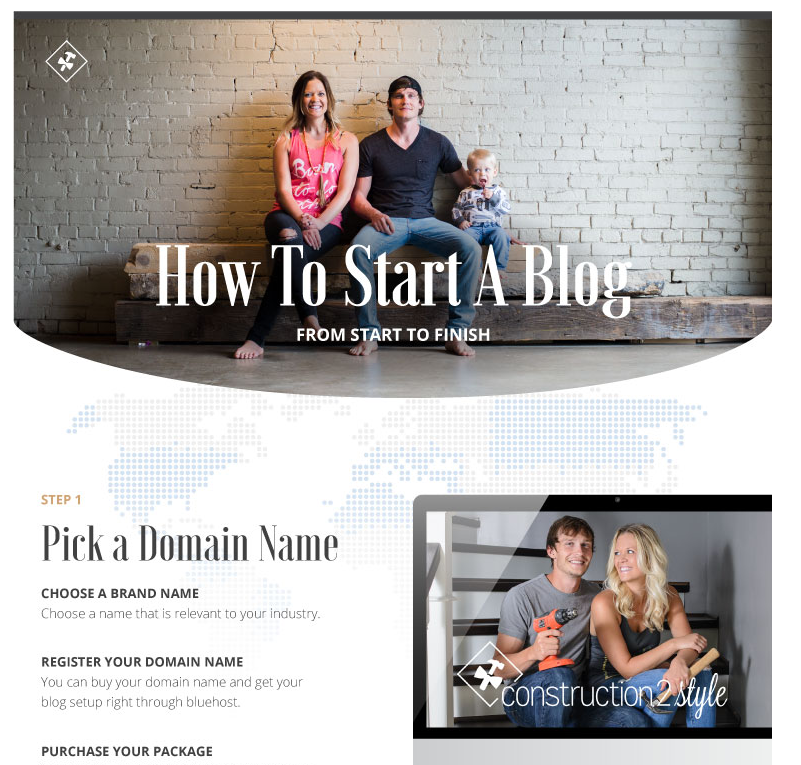
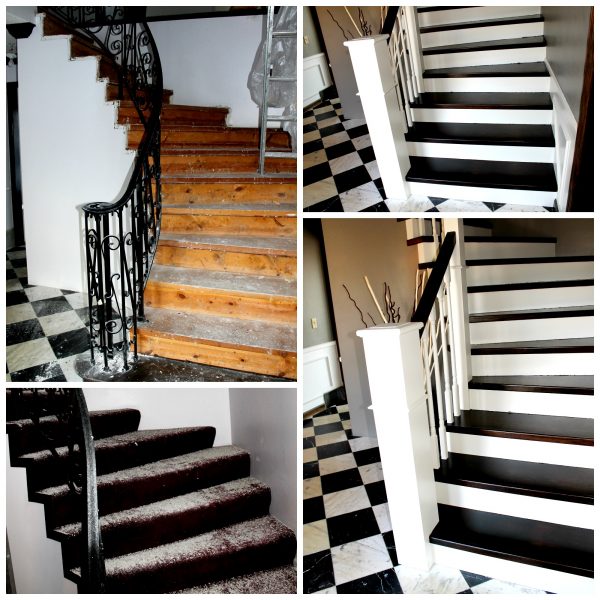



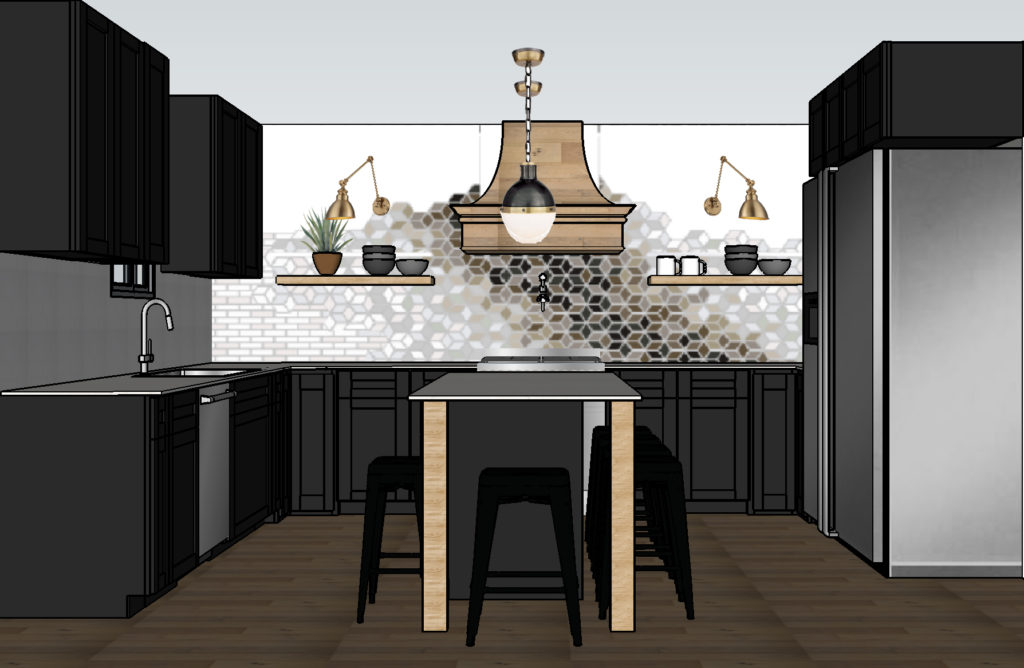
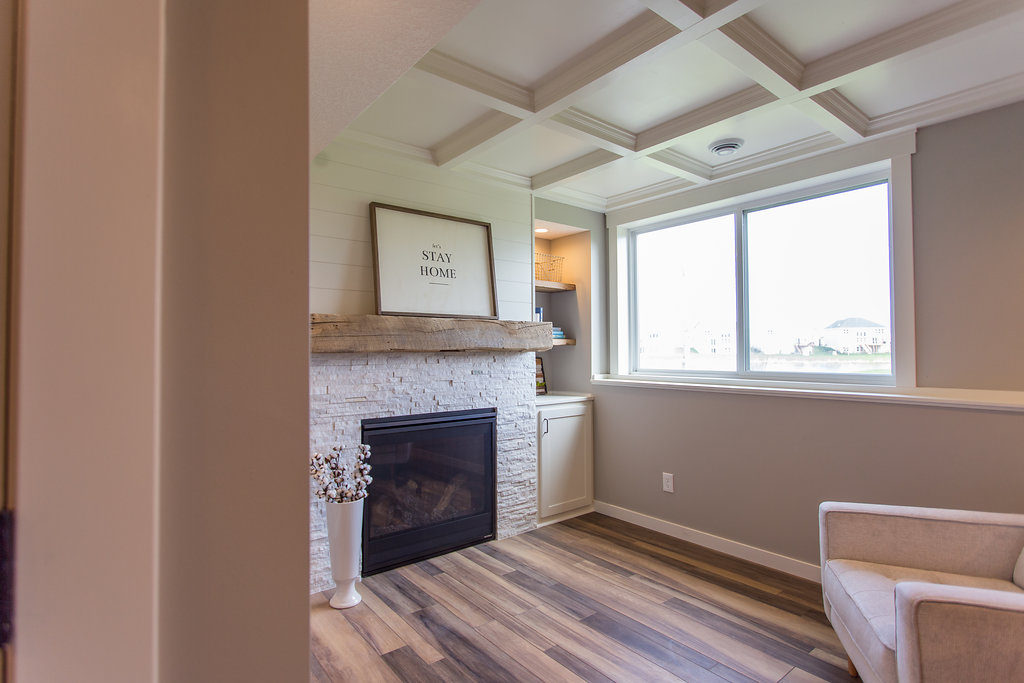
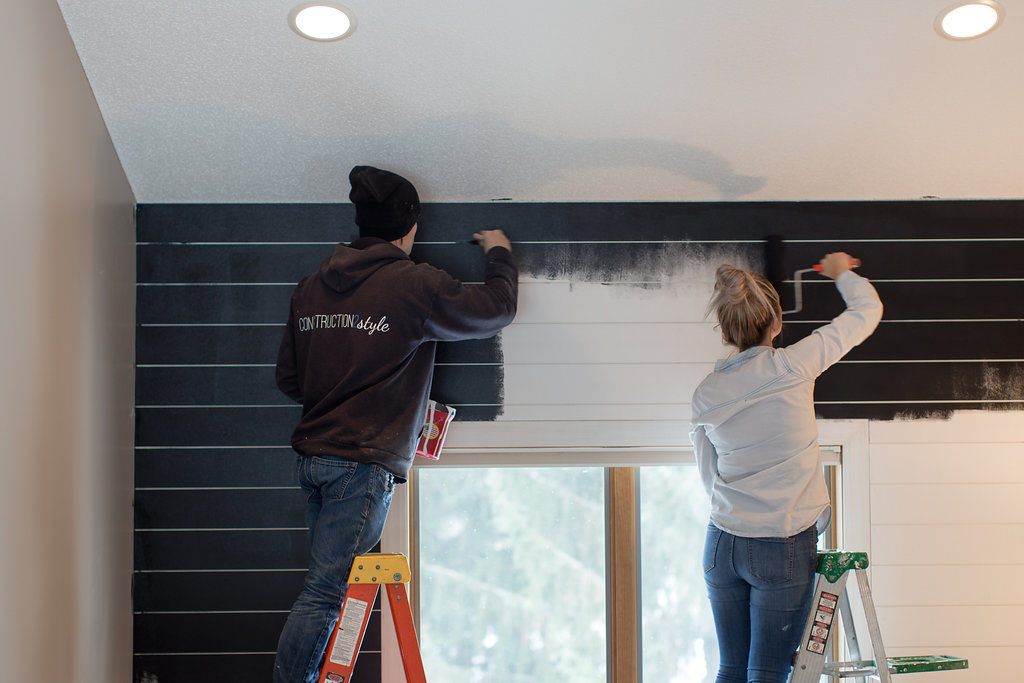

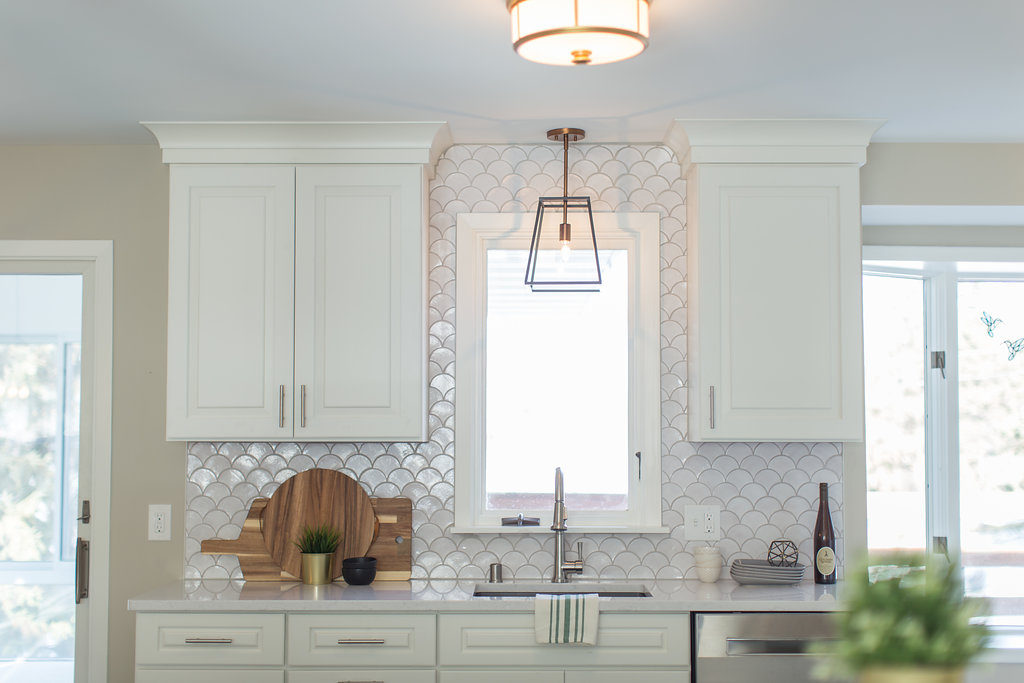

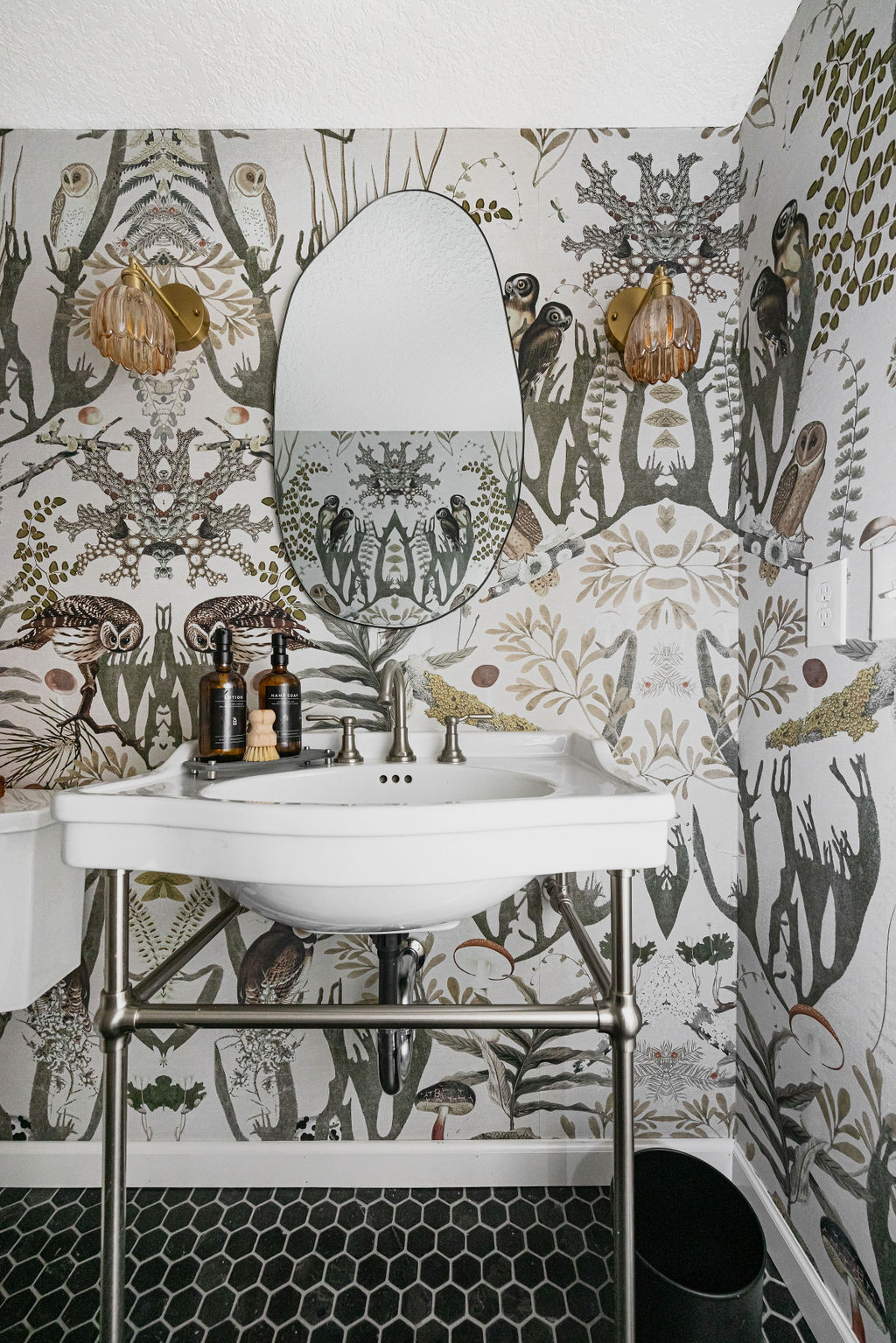
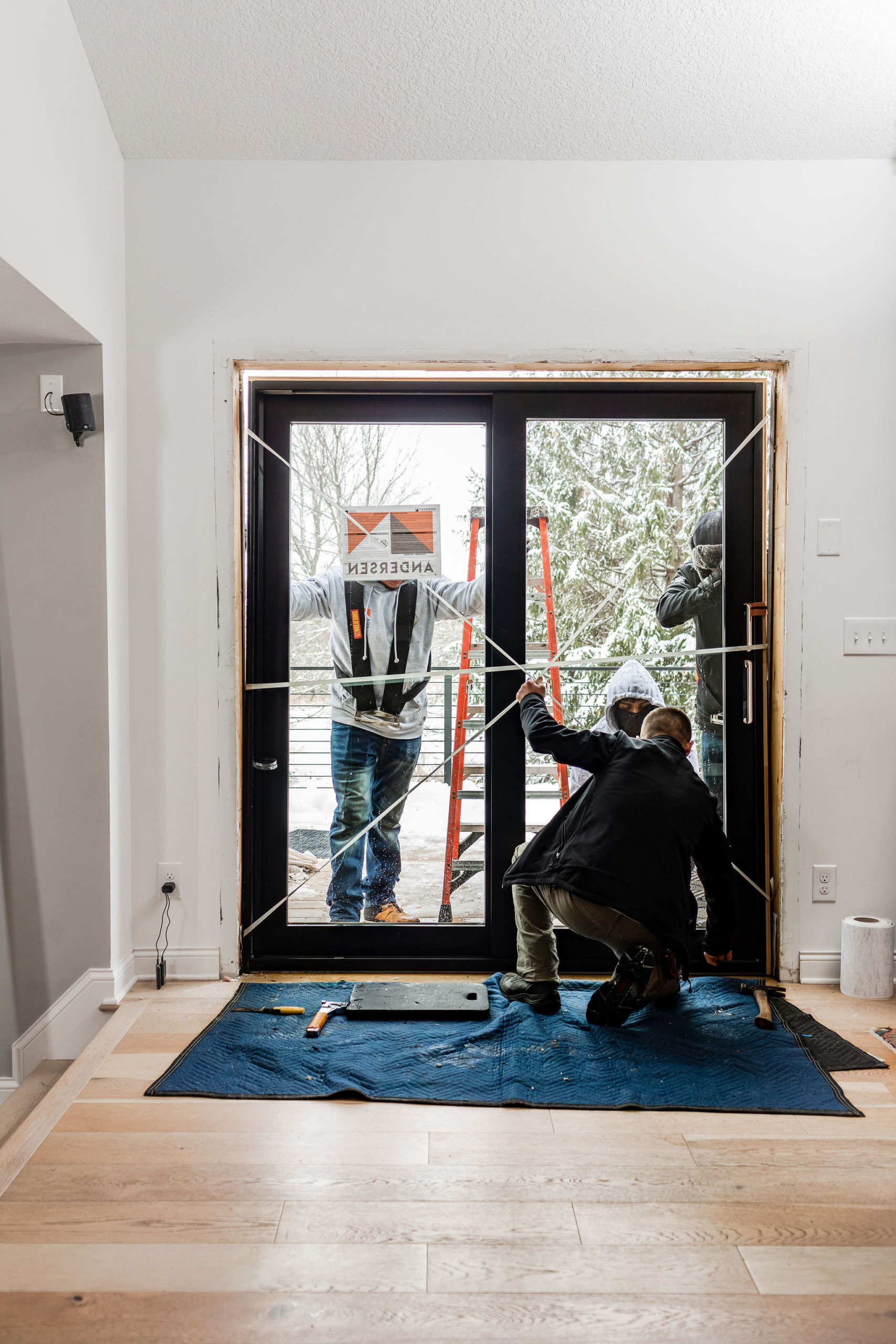


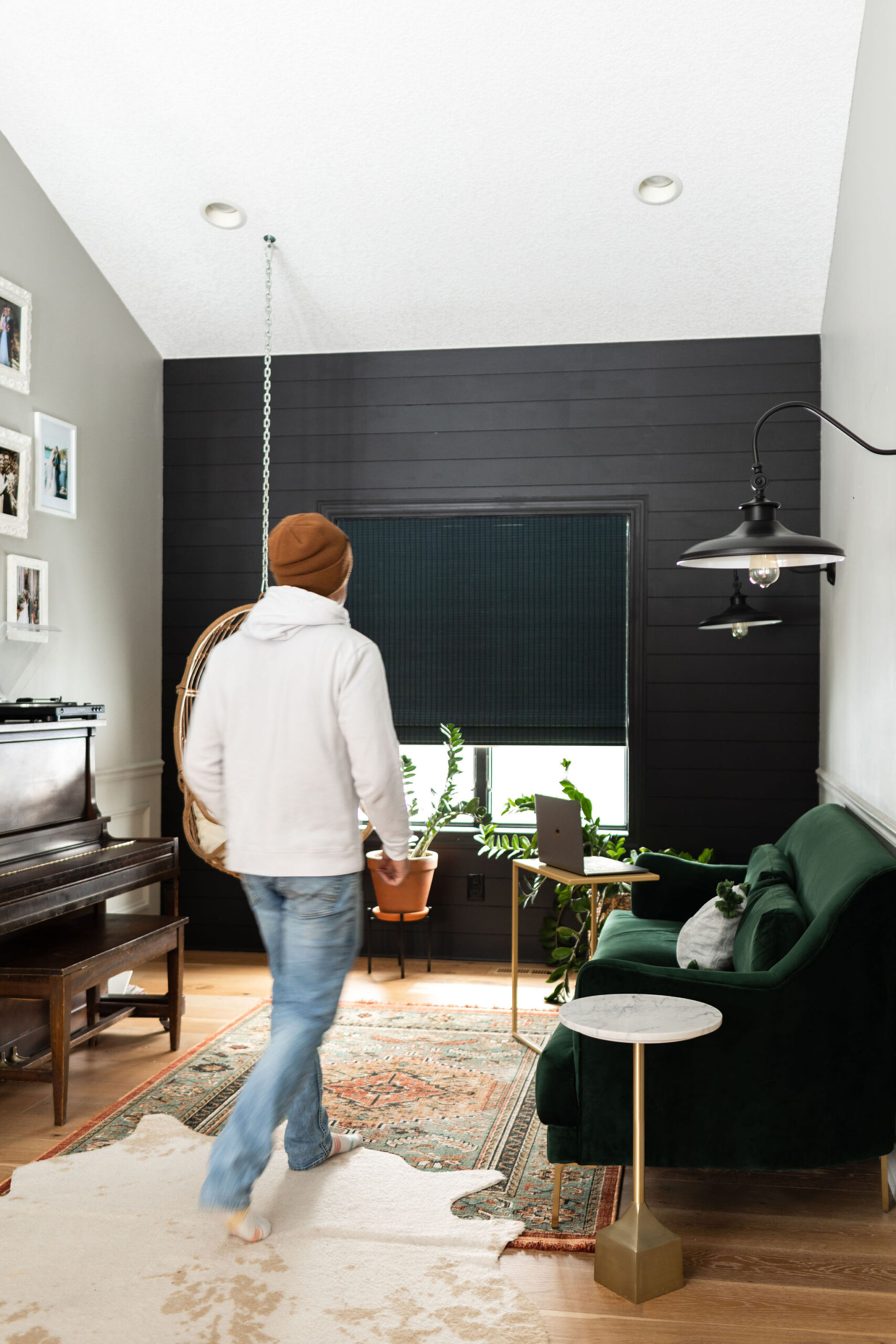
Hi,
I just loved the simple layout of your blog since it is quite navigational and
the content is written well in order to understand easily. Highly appreciate
your work.
You are so very welcome!
Thanks for this great question and answer.